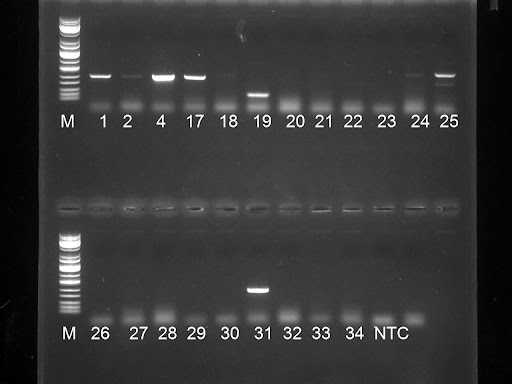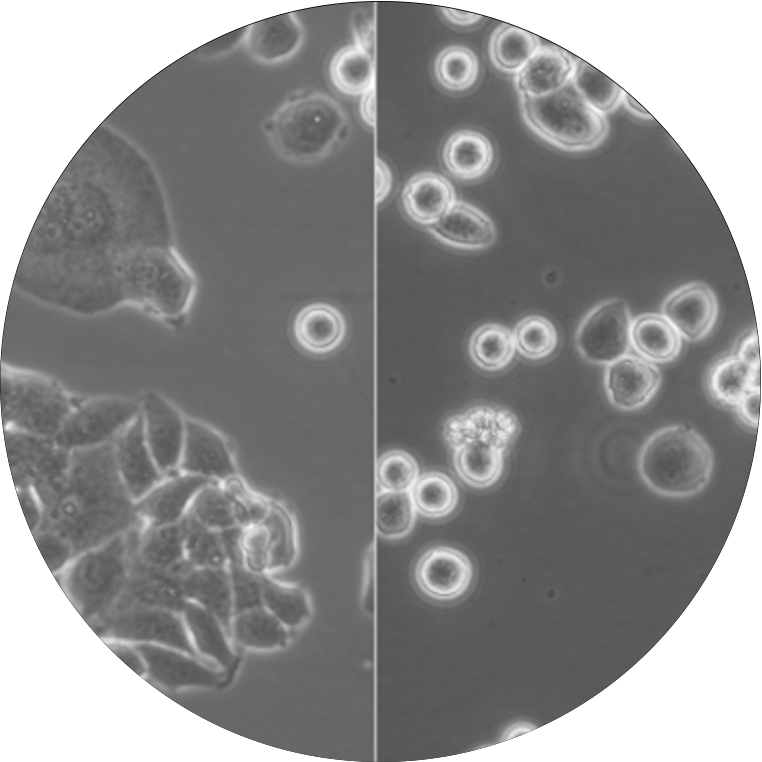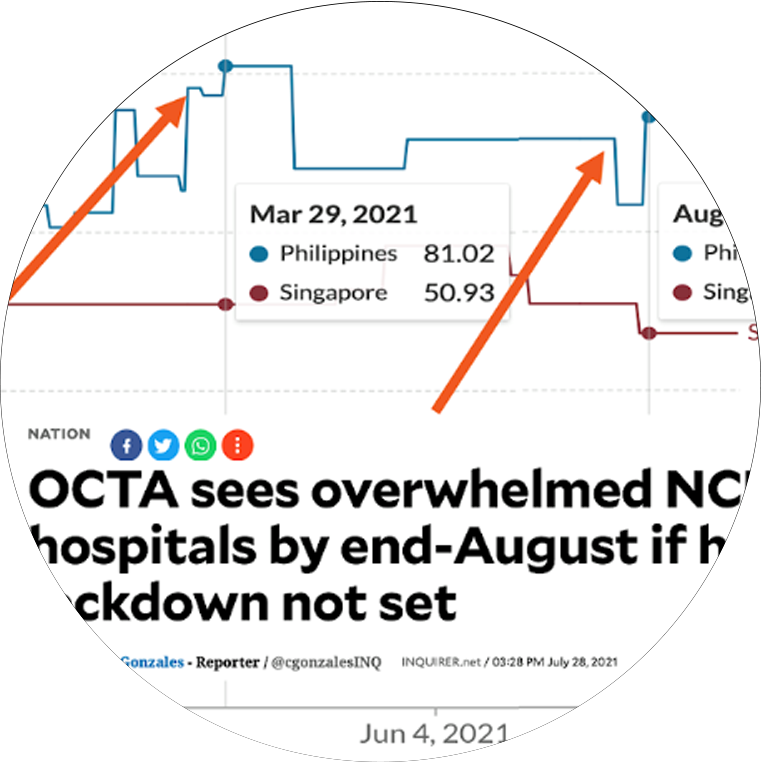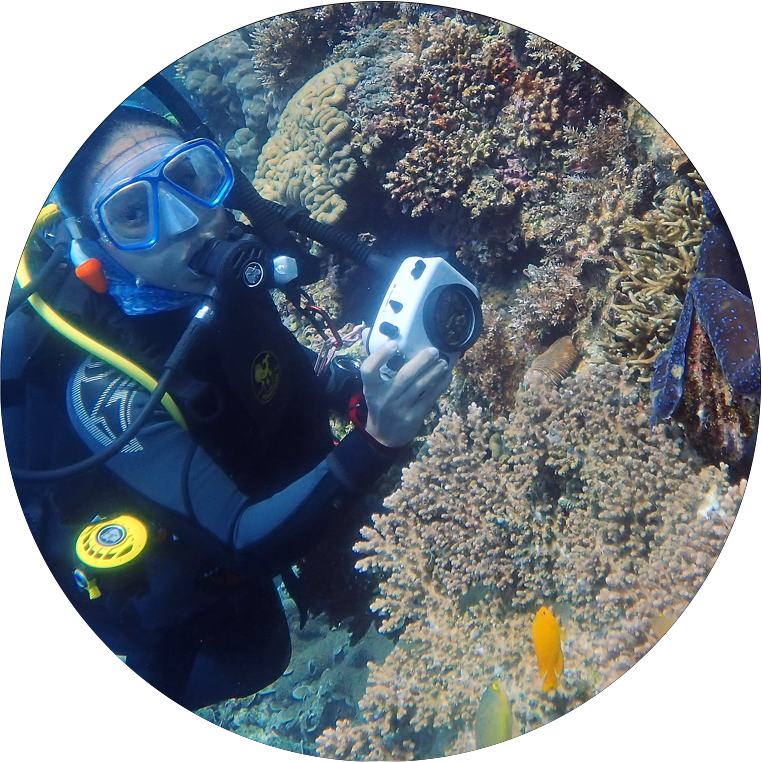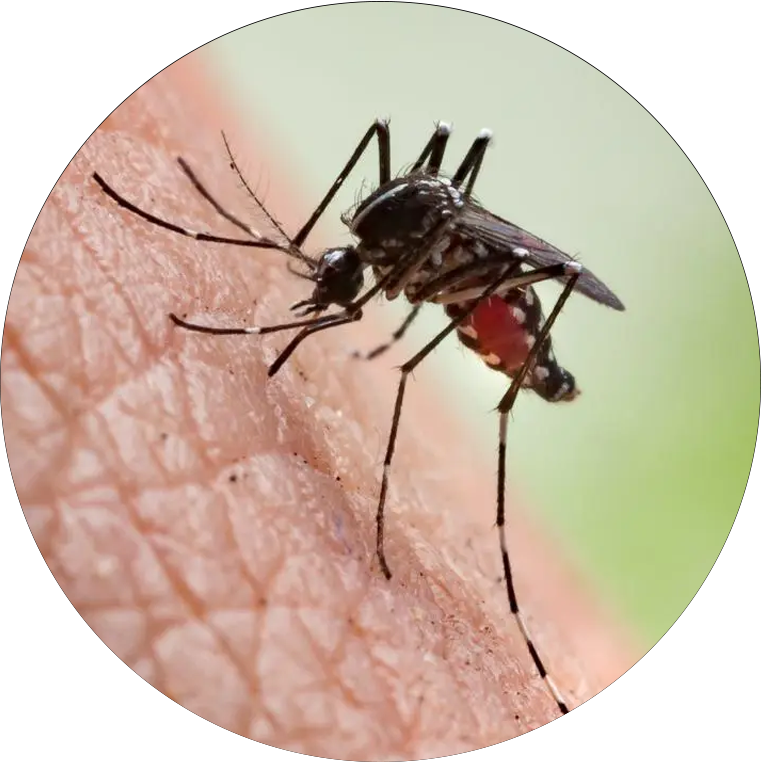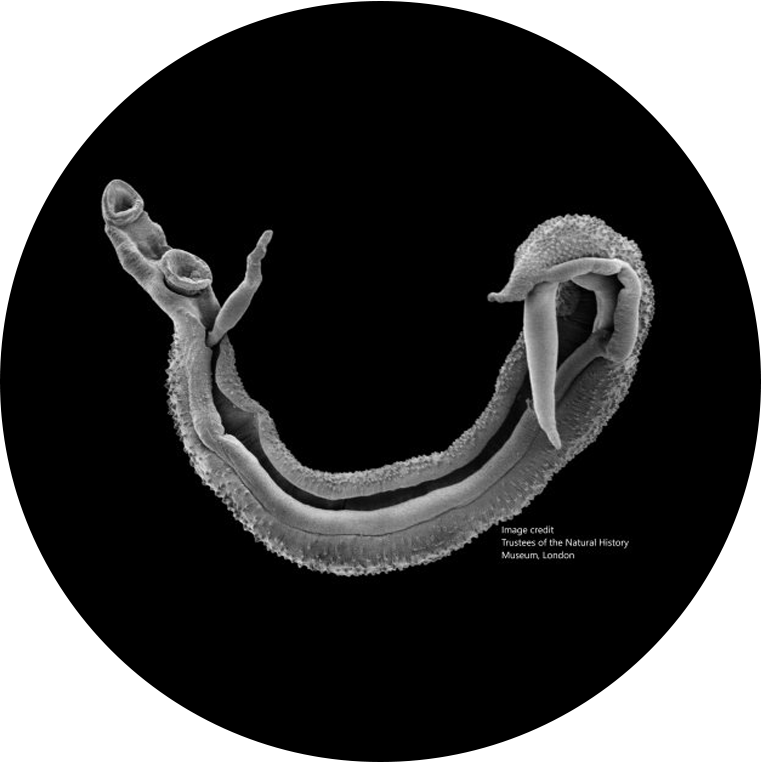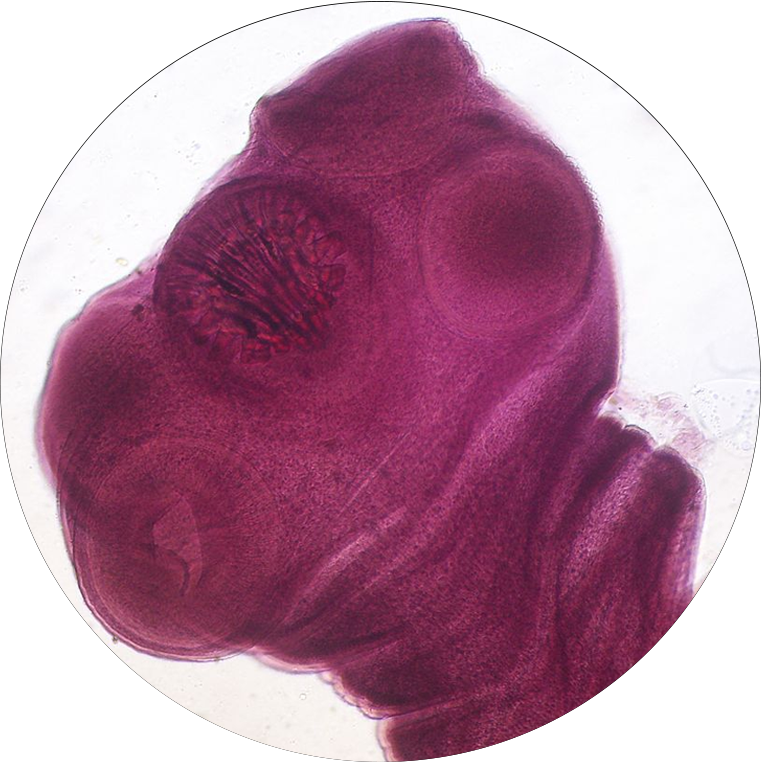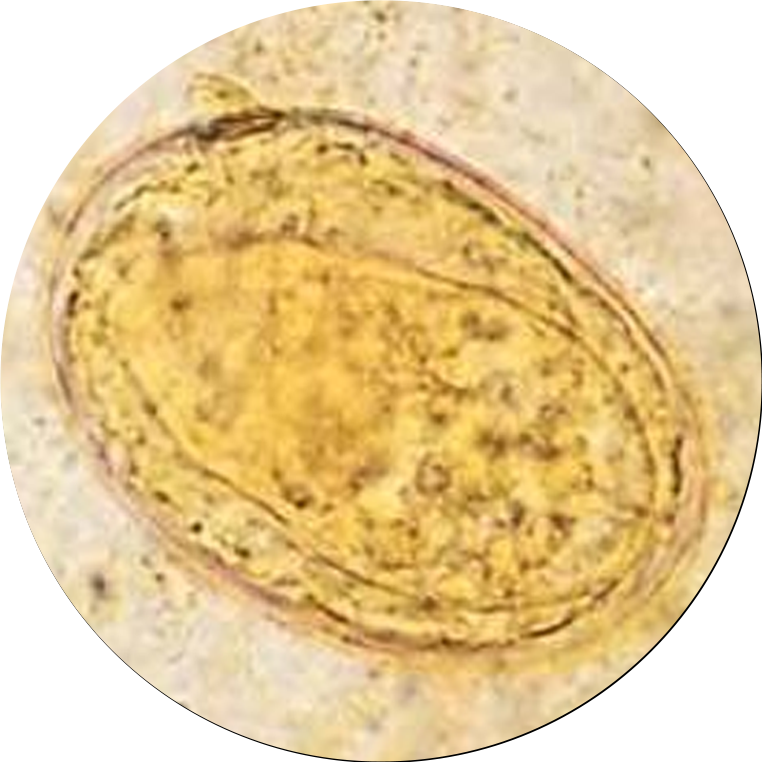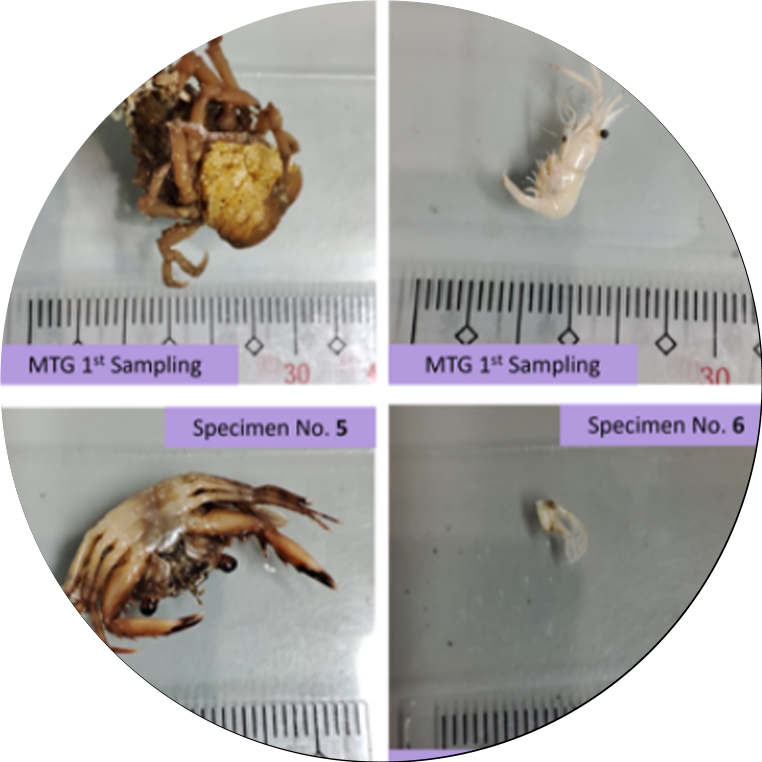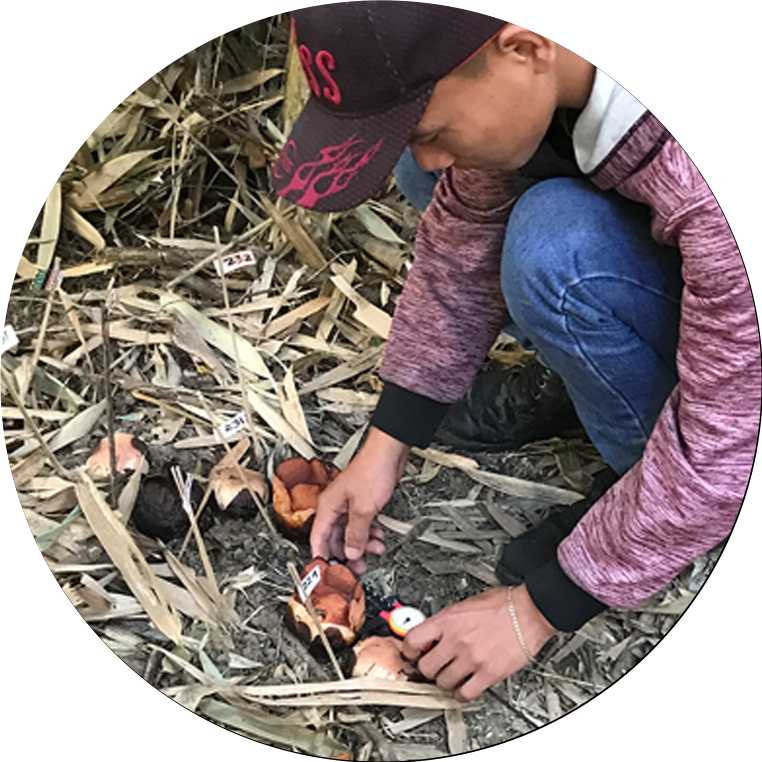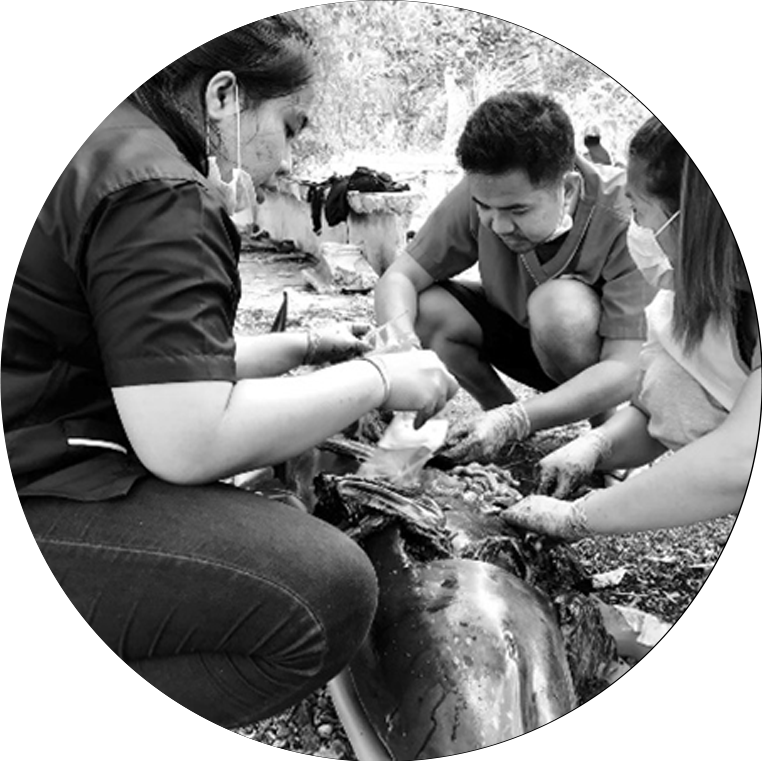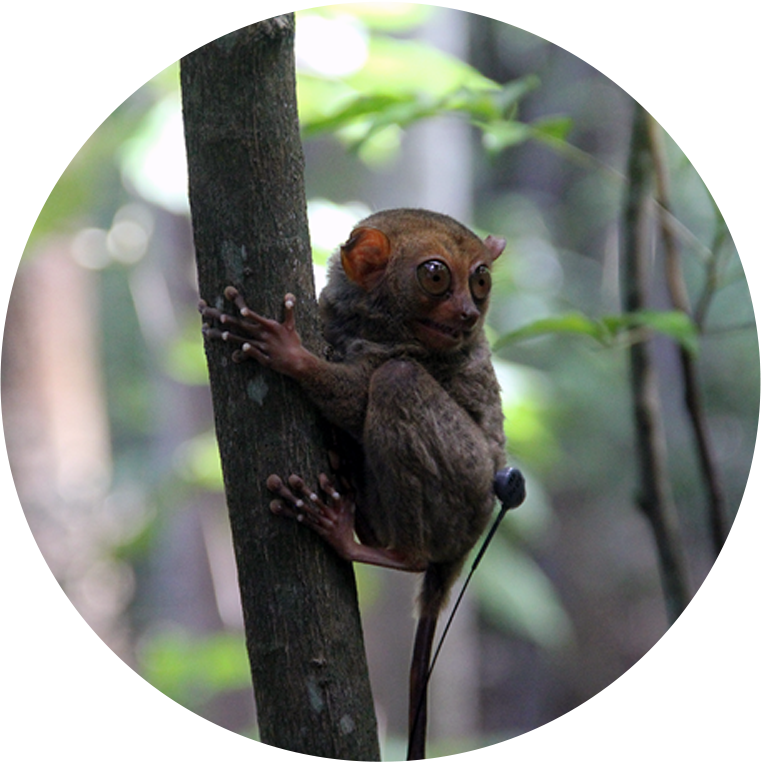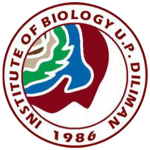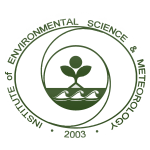SCIENCE – University of the Philippines Diliman

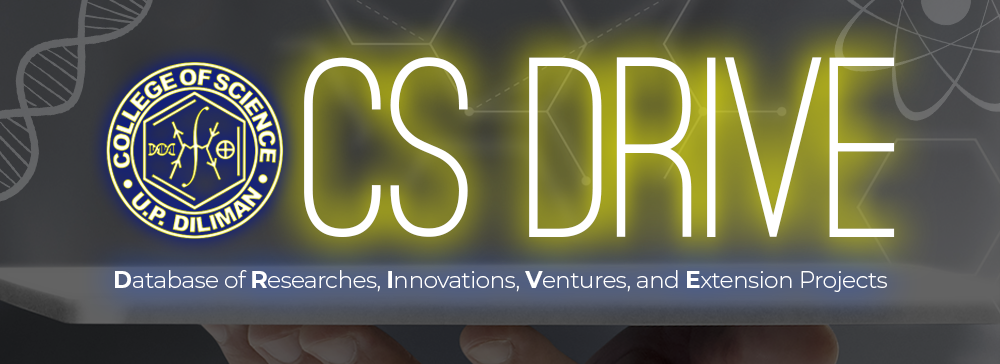
FEATURED NEWS
Farmers usually use chemical fertilizers to grow their crops, but these can be expensive and may harm the environment. A more efficient and cheaper alternative is the use of specific microorganisms called plant growth-promoting bacteria (PGPB). PGPB help plants absorb more nutrients and produce growth hormones that boost crop production. Using PGPB as biofertilizers can provide the same benefits as chemical fertilizers—without the harmful effects.
Ang mundo ng social media ay nagiging isang mahalagang mapagkukunan ng data para sa biodiversity at conservation, lalo na para sa mga mailap o di gaanong kilalang species tulad ng Philippine tarsier, na isang primate din tulad ng mga unggoy at tao. Sa kabila ng katanyagan nito, limitado pa rin ang impormasyon tungkol sa kung saan ito nakatira at kung paano ito kumikilos sa wild.
The world of social media has become an increasingly important source of data for biodiversity and conservation, especially for rare or little-known species such as the Philippine tarsier. However, despite its popularity, there is still limited information about where it lives and how it behaves in the wild.
Farmers usually use chemical fertilizers to grow their crops, but these can be expensive and may harm the environment. A more efficient and cheaper alternative is the use of specific microorganisms called plant growth-promoting bacteria (PGPB). PGPB help plants absorb more nutrients and produce growth hormones that boost crop production. Using PGPB as biofertilizers can provide the same benefits as chemical fertilizers—without the harmful effects.
Ang mundo ng social media ay nagiging isang mahalagang mapagkukunan ng data para sa biodiversity at conservation, lalo na para sa mga mailap o di gaanong kilalang species tulad ng Philippine tarsier, na isang primate din tulad ng mga unggoy at tao. Sa kabila ng katanyagan nito, limitado pa rin ang impormasyon tungkol sa kung saan ito nakatira at kung paano ito kumikilos sa wild.
The world of social media has become an increasingly important source of data for biodiversity and conservation, especially for rare or little-known species such as the Philippine tarsier. However, despite its popularity, there is still limited information about where it lives and how it behaves in the wild.
CS DRIVE
Database of Researches, Innovations, Ventures, and Extension Projects

